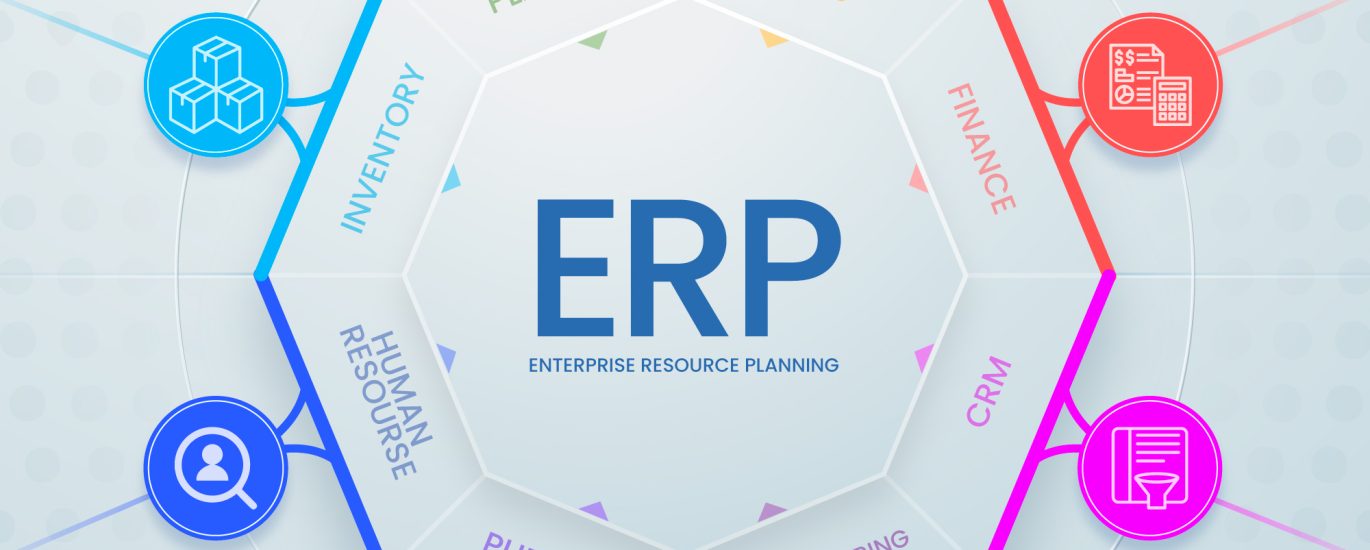Enterprise resource planning (ERP) is a type of software that integrates and manages day-to-day business activities such as accounting, procurement, project management, risk management and compliance, and supply chain operations. ERP systems are designed to help businesses improve efficiency, productivity, and profitability by streamlining processes, reducing costs, and improving decision-making.
How does ERP work?
ERP systems typically consist of a number of modules that cover different areas of the business. These modules are connected to a central database, which stores all of the company’s data. This allows the modules to share data and work together to provide a single view of the business.
Benefits of ERP
There are many benefits to using ERP, including:
Improved efficiency and productivity: ERP systems can help businesses automate many manual tasks, which can free up employees to focus on more strategic work.
Reduced costs: ERP systems can help businesses save money by reducing waste and improving inventory management.
Improved decision-making: ERP systems provide businesses with real-time data and insights, which can help them make better decisions.
Increased agility: ERP systems can help businesses adapt to changing market conditions more quickly.
Types of ERP systems
There are three main types of ERP systems:
On-premise ERP: On-premise ERP systems are installed on the company’s own servers. This gives the company complete control over the system, but it can also be expensive to implement and maintain.
Cloud ERP: Cloud ERP systems are hosted by a third-party provider. This can be a more cost-effective option than on-premise ERP, and it can also be easier to implement and maintain.
Hybrid ERP: Hybrid ERP systems combine elements of on-premise and cloud ERP. This can give companies the best of both worlds, by providing them with the control of on-premise ERP and the flexibility of cloud ERP.
ERP implementation
Implementing an ERP system can be a complex and time-consuming process. It is important to carefully plan and manage the implementation process to ensure that the system is successful.
Here are some of the key steps in the ERP implementation process:
Defining business requirements: It is important to identify the specific business needs that the ERP system will address.
Selecting an ERP vendor: There are many different ERP vendors to choose from, so it is important to carefully evaluate the different options and select a vendor that is a good fit for the company’s needs.
Data migration: ERP systems typically require a lot of data, so it is important to have a plan for migrating the company’s data to the new system.
Testing and training: It is important to thoroughly test the ERP system before it is deployed to production. It is also important to train employees on how to use the new system.
ERP and the future
ERP is a mature technology, but it is constantly evolving. As businesses become more digital, ERP systems are becoming more integrated with other business systems, such as customer relationship management (CRM) and supply chain management (SCM) systems.
ERP is also becoming more cloud-based, as businesses are increasingly looking for ways to reduce costs and improve agility.


